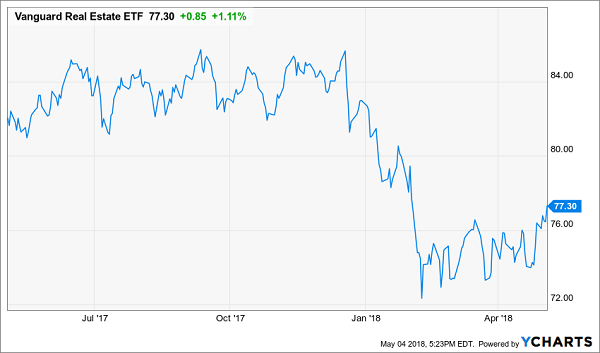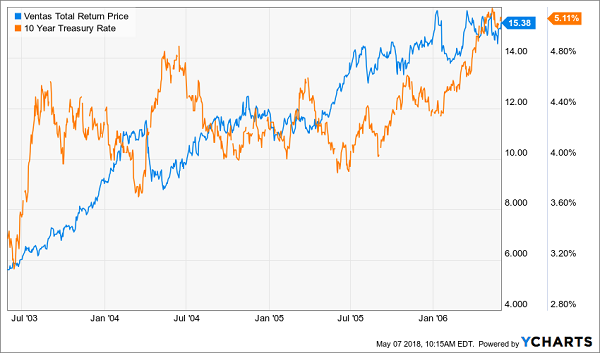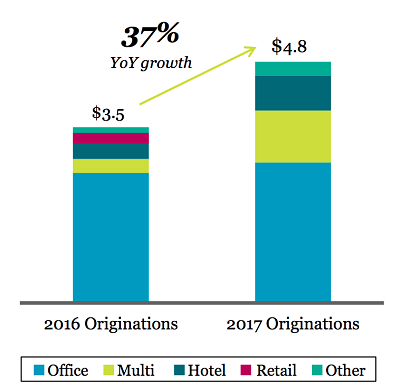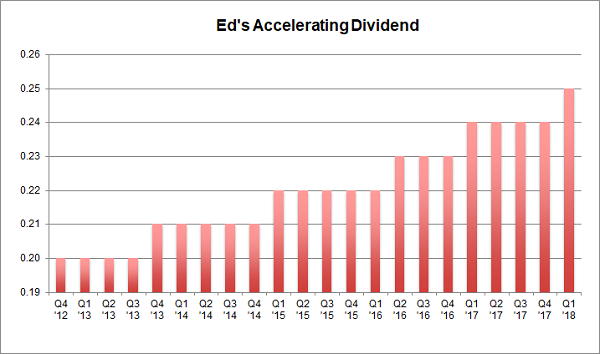Tesla Inc (NASDAQ:TSLA) stock has always been a highly volatile stock with a wildly entertaining backstory. But recently, Tesla stock has been even more volatile than ever, while the backstory has become even more entertaining than ever.
Credit concerns amid sluggish Model 3 production caused Tesla stock to plunge from $350 to $250 in a just a few weeks in March. All the while, CEO Elon Musk was humorously engaging on Twitter Inc (NYSE:TWTR) as if nothing were going on with TSLA stock.

Then, Musk and company announced first quarter deliveries that were much better than what most feared. Tesla stock proceeded to bounce. All the way back to $300.
Shortly thereafter, Q1 earnings hit the tape. Those numbers were also better than expected, led by a surprise beat on margins. But those numbers took a backseat to what happened on the conference call, when Musk brushed aside questions from analysts, calling the questions “boring”, and instead fielded questions from a relatively unknown YouTube blogger.
All together, it has been a wild ride for Tesla stock. This volatility won’t smooth out any time soon. It will be a bumpy ride forward for TSLA investors.
But amid all this noise, investors shouldn’t lose sight of the big picture, which is that Tesla is building the car company of the future. Eventually, production issues will be resolved, profitability will ramp, and the balance sheet will be cleaned up.
At that point in time, Tesla stock will roar higher.
Here’s a deeper look:
Tesla Is a Big Growth Story
All conference call and Twitter theatrics aside, Tesla is still building tomorrow’s biggest car company.
The electric vehicle revolution is here, and traditional automotive manufacturers have been slow to pivot. Consequently, Tesla got a head start, and by getting a head start, the company has not only captured market leadership, but also brand leadership.
When you think of electric cars, you think of Tesla first. That is why Tesla’s Model 3, despite production issues, is still America’s top-selling electric vehicle.
Because of this brand leadership, as the electric vehicle market grows both nationally and globally, TSLA will be at the forefront of that growth. Considering growth in the electric vehicle market actually accelerated in the U.S. in 2017 to 40% (from 32% over the prior several years) and that global electric vehicle adoption is still anemic, Tesla’s leadership in the EV market means that this company has guaranteed itself a robust growth trajectory over the next several years as EV adoption rates rise.
Important note: that robust growth trajectory is big even without considering the company’s energy business, which could also be quite large at scale in 5-10 years.
All together, then, this is a big growth story. Bears will pound on the table about leverage, margins, and the need for a capital raise. But those things will get resolved. Tesla has a ton of options when it comes to raising money, and the company’s gross margins are already above its peers. Thus, once revenue scales and opex rates naturally drop, the company’s overall profitability profile will actually be best-in-class in the auto industry.
As such, the bear thesis seems short-sighted here and now, while the bull thesis seems to understand the full scope of Tesla’s growth narrative.
Tesla Stock Could Reasonably Hit $500
Here is the case of Tesla stock hitting $500 in 4 years.
The EV market is growing at a 40% clip in America, and growth is only picking up. Globally, growth rates will likely also start to accelerate given secular trends towards EV adoption.
Consequently, even amid rising competition, TSLA should be able to grow revenues around 40% per year over the next 5 years, assuming the EV market grows in excess of 40% per year in that time frame.
Gross margins of other auto manufacturers hover around 15-20%. But Tesla’s gross margins over the past several years have hovered around 19-23%. Once Model 3 gross margins scale towards 25% and above over the next several years, the company’s overall gross margin rate should trend towards 25%.
Meanwhile, other at-scale auto manufacturers operate with an opex rate of roughly 10-15%, with the median hovering closer to 10%. Tesla should be able to drive its opex rate down to around those levels at scale. Thus, in 5 years, Tesla’s opex rate should be down to about 15%.
A 25% gross margin on a 15% opex rate implies 10% operating margins in 5 years. That margin on 40% revenue growth per year over the next 5 years leads me to believe that Tesla can do about $25 in earnings per share in 5 years.
A market-average growth multiple of 20-times forward earnings on that implies a four-year forward price target of $500.
Bottom Line on TSLA Stock
As Musk said on the recent conference call, if volatility scares you, don’t buy Tesla stock. Otherwise, the bull thesis makes a ton of sense on Tesla stock. Over the next several years, a surge in global EV adoption rates will send TSLA stock to $500 and up.
As of this writing, Luke Lango was long TSLA.
[FREE REPORT] Options Income Blueprint: 3 Proven Strategies to Earn More Cash Today Discover how to grab $577 to $2,175 every 7 days even if you have a small brokerage account or little experience... And it's as simple as using these 3 proven trading strategies for earning extra cash. They’re revealed in my new ebook, Options Income Blueprint: 3 Proven Strategies to Earn Extra Cash Today. You can get it right now absolutely FREE. Click here right now for your free copy and to start pulling in up to $2,175 in extra income every week.
Source: Investor Place









